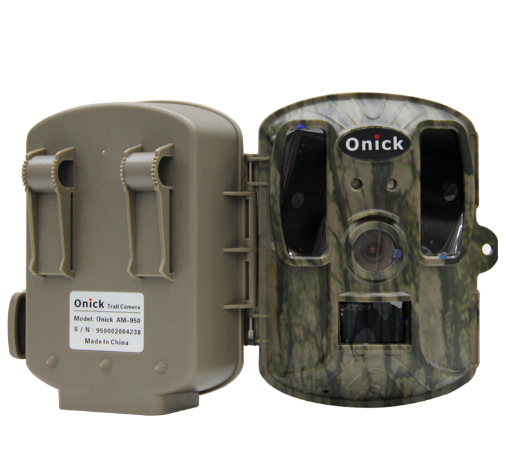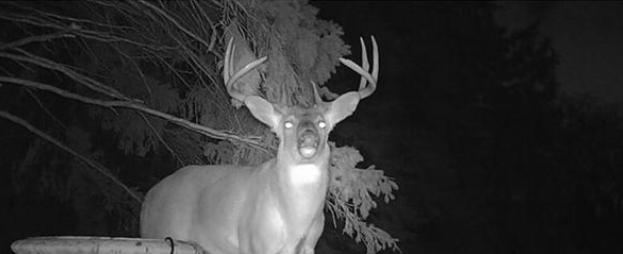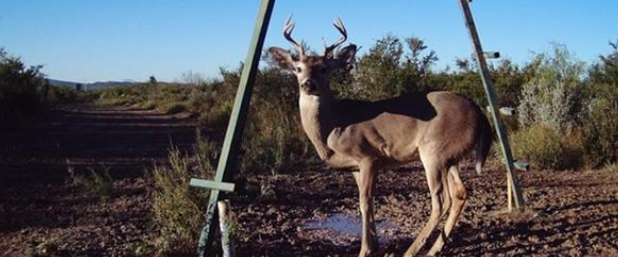Onick AM-950 Wildlife Infrared Monitoring Camera without MMS uses imported Magnesium Sensor 5100 5MP sensor, the instrument responds quickly, the image is clear, and the color is true. It is equipped with 52 950nm high-power LEDs, which are invisible to the naked eye and have an effective night vision distance of 20 meters at night. Users can number and name the camera. This information will be displayed in the watermark information below the photo, which is convenient for users to distinguish the camera.

Power supply: Supports 12 No. 5 batteries and external power supply 12V. Both power supply modes can work at the same time and the working state can reach several months (depending on the size of the sent file).

Application range: hunting, forest monitoring, orchard site monitoring, animal and plant observation
In order to more comprehensively grasp the types, distribution and number of wild animals in the jurisdiction, further understand the basic information of wild animal diversity in the jurisdiction, realize long-term field observation and scientific research, and build a more complete forest ecological comprehensive observation network system, the Forest Ecosystem Positioning Research Station recently installed 6 infrared cameras in the jurisdiction after three days of detailed investigation to monitor the activities of wild animals.

During the installation of infrared cameras in the field, the staff of the ecological station went deep into the forest area many times to conduct on-site surveys of wild animal activities, and found areas where animals were active frequently based on the traces of food, footprints, feces and other traces left by wild animals. Finally, 3 sample lines were selected, and 2 infrared cameras were set up on each sample line as required. Once the animal enters the infrared sensing area of the camera, it will automatically trigger the camera to take photos or video records of the animals in the sensing area.

Through the deployment of this infrared camera, the comprehensive observation infrastructure of the Forest Ecosystem Positioning Research Station has been further improved, which will lay a solid foundation for timely grasping the population and activity trajectory of wild animals in the jurisdiction in the future, taking more effective protection measures, comprehensively improving the level of wild animal management and biodiversity survey capabilities, and building a solid ecological security barrier.

